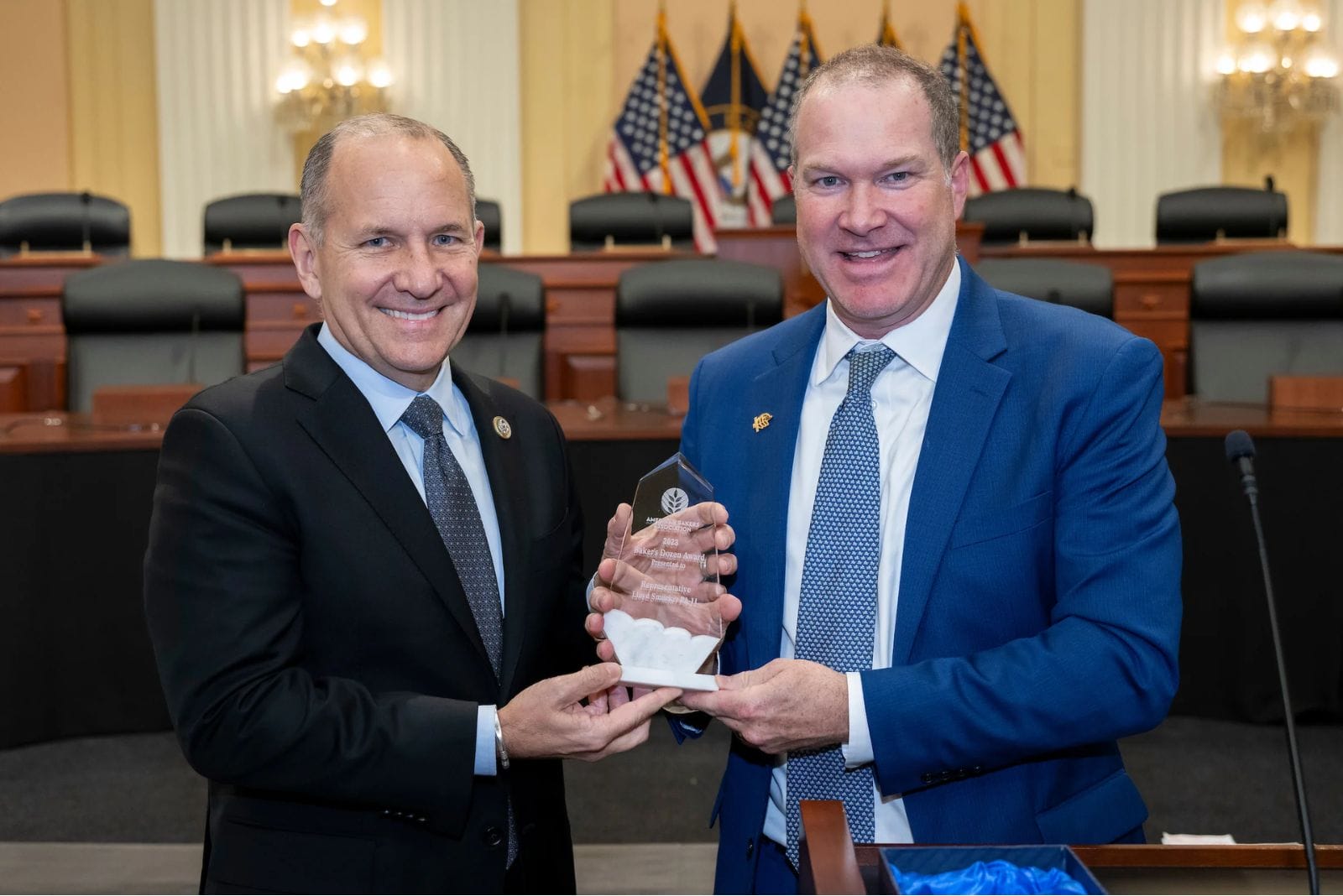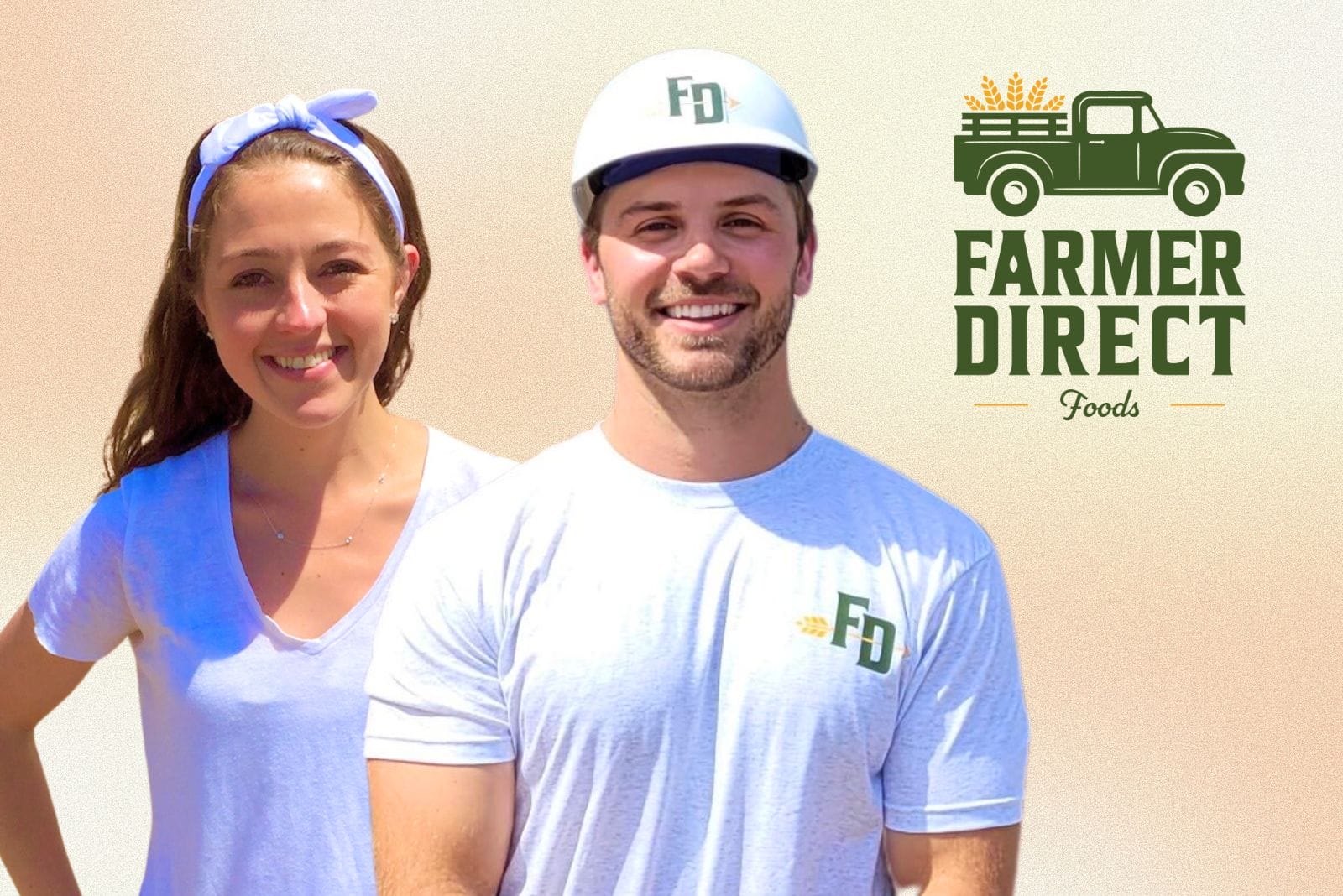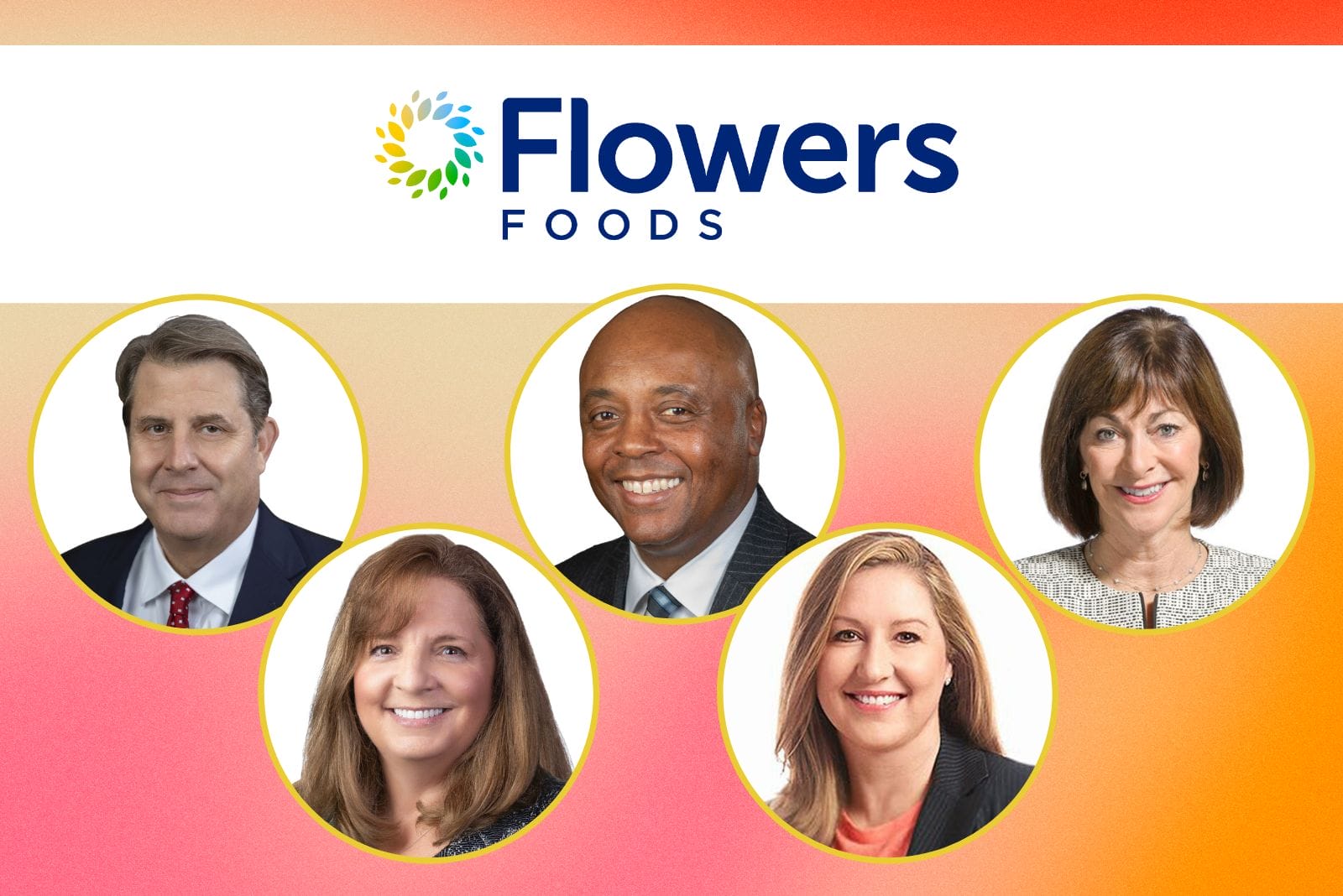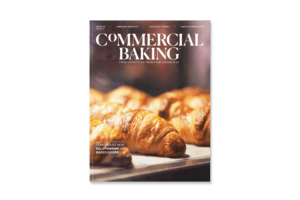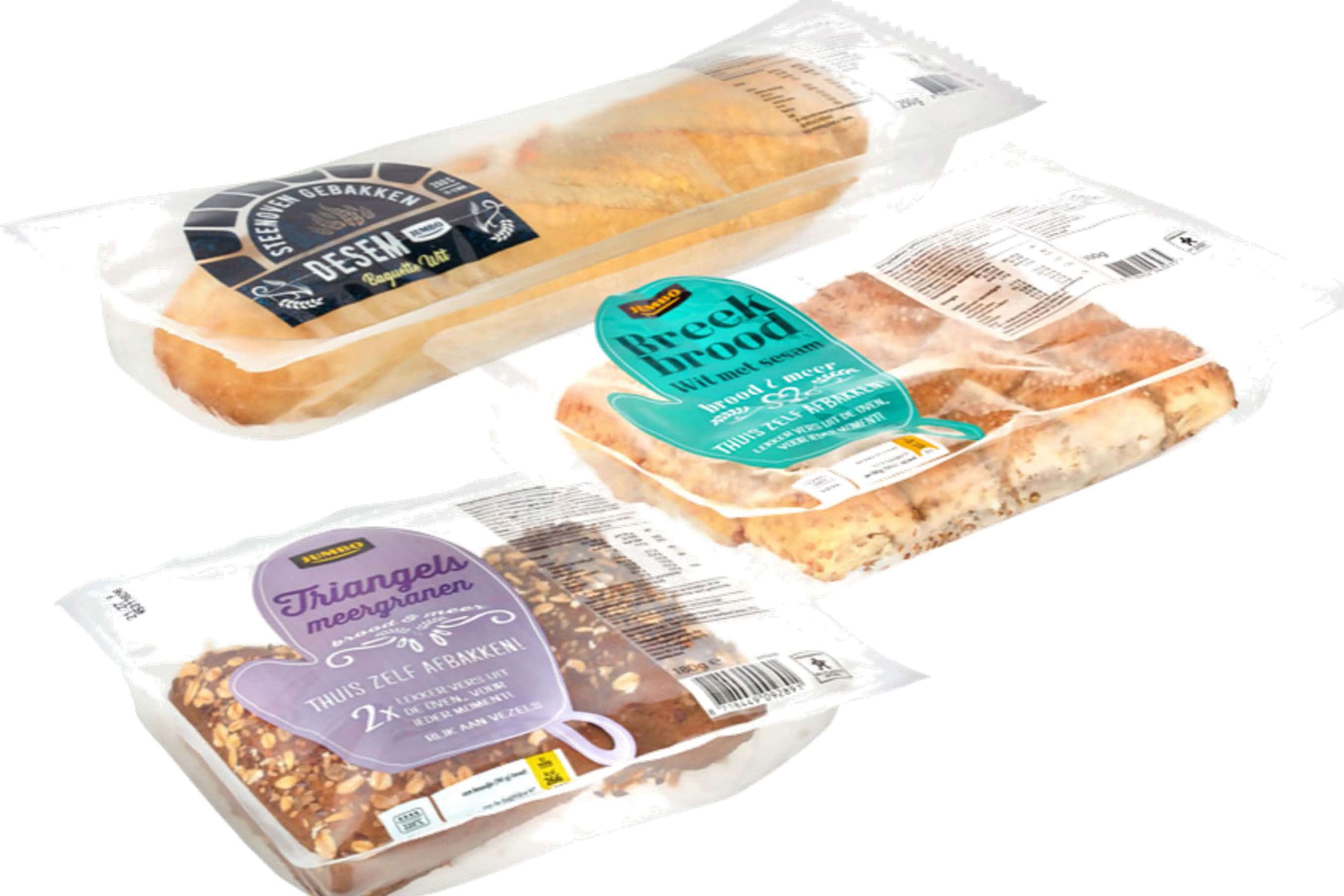Consumers want it all: They demand their bakery products to be fresh and require limited prep time, and they want it to last, too. That’s a tall order for producers of commercially baked foods with a limited shelf life.
The food industry has adopted modified atmosphere packaging (MAP) for shelf-live preservation, and in recent years, it’s become an option for some baked goods including high-value bakery products such as preservative-free, par-baked, whole grain, gluten-free and specialty and organic products.
In a breakout session during the American Society of Baking’s BakingTECH virtual conference, being held online through Feb. 18, Jeff Zeak, national development manager for Reiser, outlined some of the key benefits to MAP packaging for baked goods.
“MAP can increase distribution range, and items that you might want to move out of the freezer section to retailing at ambient temperature are good candidates,” he said. “It can help increase the shelf life and quality of a finished product.”
“MAP can increase distribution range, and items that you might want to move out of the freezer section to retailing at ambient temperature are good candidates.”
With a combination of barrier packaging and gas flush, MAP can extend shelf life up to 120 days, depending on the product type. It can be sealed with a printed top for branding or a clear top to display the product, according to what the baker wants to communicate to consumers. For printed packaging, it’s not impossible to print on the bottom of a MAP package, but it does come with more challenges.
MAP thermoforming can range from manual to highly automated depending on the specific operation and cycle rate of the machine, Zeak noted. The film depression can be done either by vacuum forming or rapid-air forming.
The longevity of MAP forming equipment could be determined by the lifting system, and Zeak cautioned that a key factor is making sure the die box is never larger than the lifting table.
Zeak also pointed out key implications in the sealing system. “There are a lot of things happening at the point of sealing,” he said. “We could be pulling a vacuum; we could be displacing oxygen with different gas blends and sealing at the same time.” He noted that a parbolic seal helps achieve a consistent seal and keeps unwanted materials out of the sealed edge area.
Changeovers can be cumbersome with MAP packaging, so strategy is important in system design. “We can either pull the forming tool out from the side of the machine, or we can pull it out from underneath the heating mechanism,” he said. “But what’s most important is leaving the heating mechanism on so that you don’t have to spend time waiting for the heat to come back up to temperature.”
Maintaining heat temperature while changing the sealing plate is also important, he said.
A host of films are available for MAP use, and Zeak suggested that the film should have an oxygen barrier as well as a moisture barrier. “You want to keep the moisture inside the package, and if you’re gas flushing, you want keep the oxygen out,” he said. At the gas-flushing stage, the oxygen is replaced with a mixture of CO2 and nitrogen. The printing type and amount should be considered with the film choice, too. It’s not uncommon to choose a combination of film types to achieve the best results for what the baker wants to achieve for the product through MAP packaging.
However the packaging is configured, and no matter the product type, the objective of MAP remains the same: “We want to keep air from getting back into the package and keep the product moisture inside.”
The full session is available on-demand for attendees. Visit www.asbe.org to learn how to access the recording.
